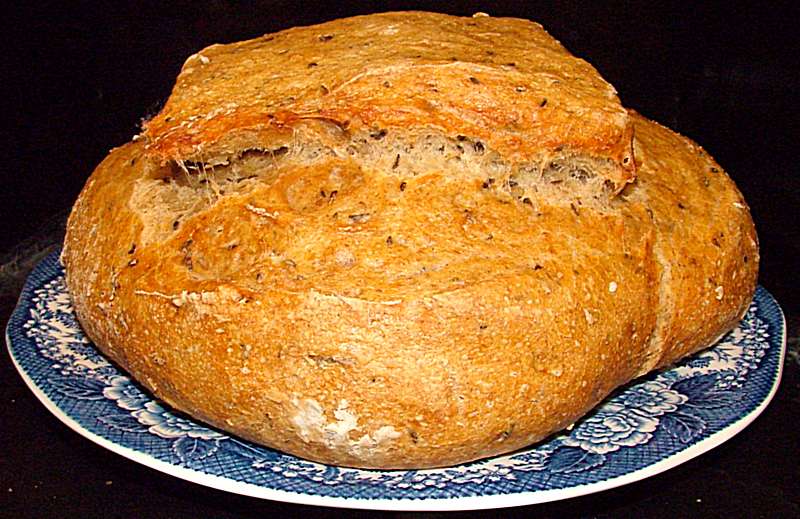Baking Stone
I decided after a few sensible, somewhat alarmist, posts here on TFL that i would not buy unglazed flooring tiles (terracotta, saltillo, etc) for use in my oven. There are too many health concerns involved with the manufacturing and raw material differences between flooring tiles and bakeware. Any cause for concern should not be ignored. It's likely that flooring tiles could be perfectly fine to bake with. On the other hand, maybe not.
- Log in or register to post comments
- 5 comments
- View post
- nosabe332's Blog




